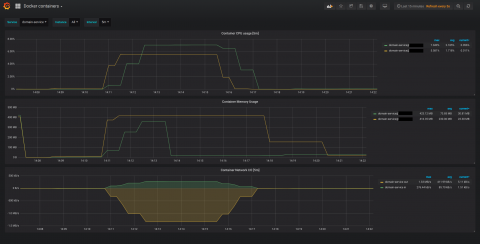Don't Trade Convenience for Security: Protect the Providence of your Work
I recently volunteered as an AV tech at a science communication conference in Portland, OR. There, I handled the computers of a large number of presenters, all scientists and communicators who were passionate about their topic and occasionally laissez-faire about their system security. As exacting as they were with the science, I found many didn’t actually see a point to the security policies their institutions had, or they had actively circumvented them. A short survey heard reasoning like.









